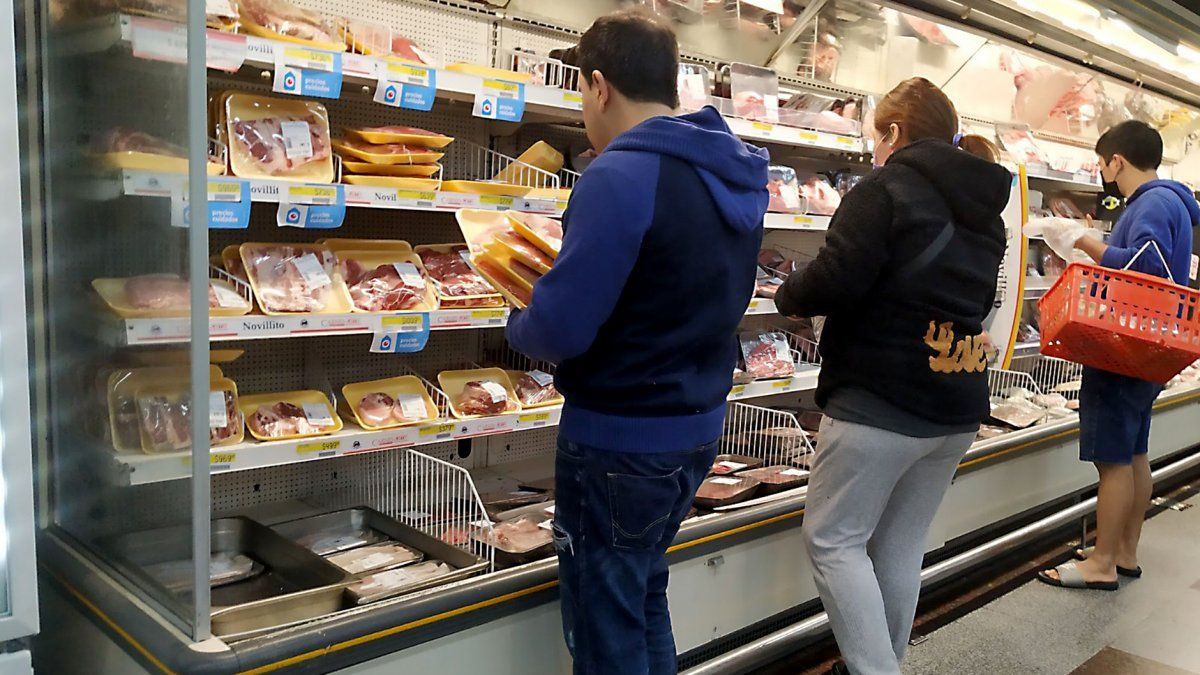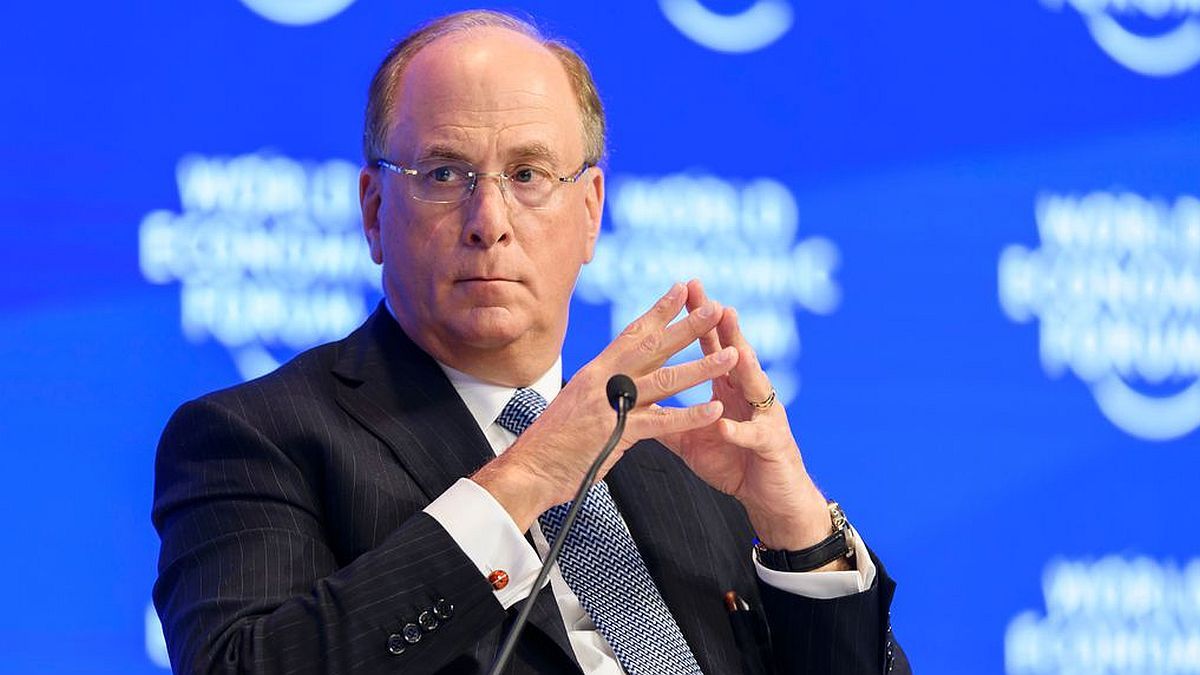According to FAO, the index was 3.1% lower than the 2023 value. The drop in cereals offset the rise in oils, meats and other products.
He food price indexcalculated by the Food and Agriculture Organization of the United Nations (FAO), remained practically unchanged between June and July on the global stage. In part, this is because increases in certain foods were “offset” by the fall in cereals.
The content you want to access is exclusive for subscribers.
The indicator, which tracks the evolution of international prices for a basket of basic products, is however “3.1% lower than the value recorded a year earlier” and “24.7% lower than the record level of 160.3 points reached in March 2022”, FAO reported.


In July, “the fall in cereal prices offset the rise in vegetable oil, meat and sugar prices”.
“Increased seasonal supplies due to ongoing winter wheat harvests in the northern hemisphere and generally favourable conditions in Canada and the United States, which point to large spring wheat crops,” contributed to the decline in international wheat prices, FAO said.
The price index for oils, sugar and meats rose
The UN agency stressed that “strong competition among exporters and weak global demand have also weighed on wheat prices.”
The price index of vegetable oilson the other hand, “reached its highest level in a year and a half.” Sugar also rose due to a “weaker than expected production in Brazil during the first half of the month,” FAO said.
As for the meat, Prices rose across the board for beef and lamb, as well as poultry.
Source: Ambito




